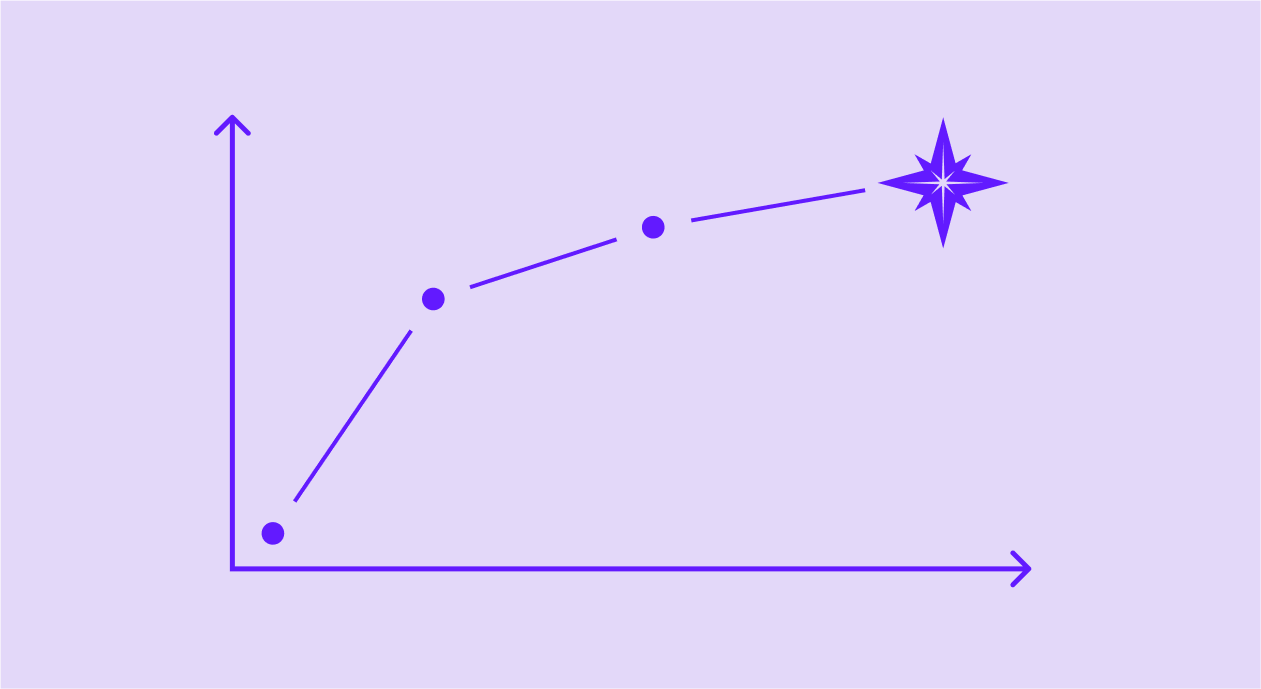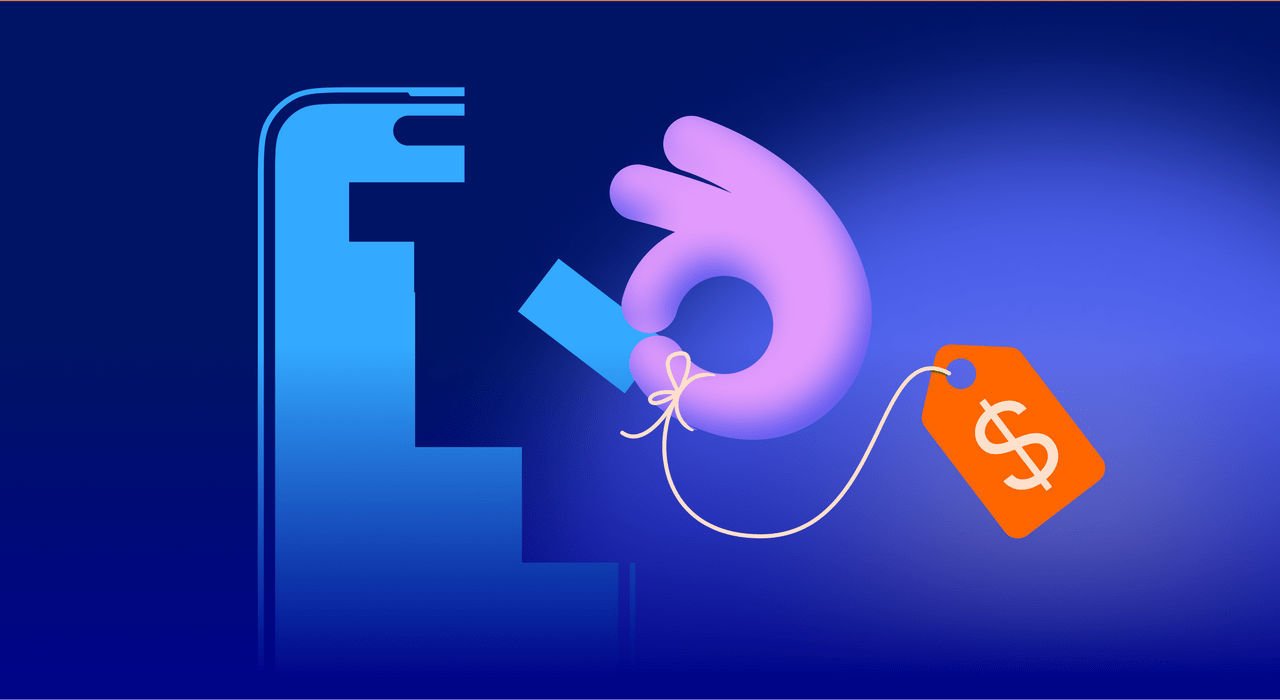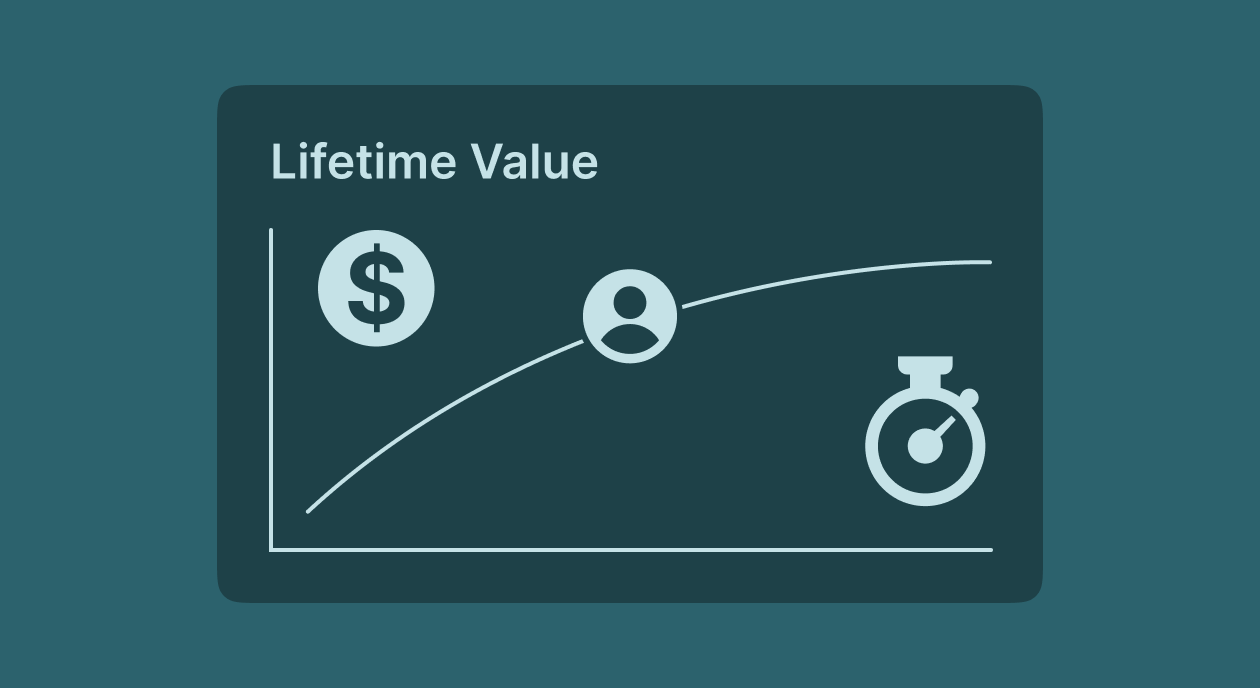Divide and conquer is not just a saying: it’s the most effective user acquisition strategy a developer might use. You should divide and separate your target audience, creating distinct groups based on shared characteristics, behaviors, or needs. These segments are smaller and uniform, making them easier to target and convert. Here’s what you should know about user segmentation.
Why segment your users?
The reasons for this should be obvious, but let’s go through them one more time:
- Personalized Marketing. User segmentation allows developers to tailor their marketing efforts to specific groups. This leads to more relevant and effective campaigns, resulting in higher engagement and conversion rates.
- Product Development. Segmentation guides the creation of products or features that cater to distinct user needs. This ensures your offerings align with the desires of the target audience, fostering increased customer satisfaction and loyalty.
- Resource Allocation. Segmentation assists developers in determining where to invest their resources. By pinpointing which segments are most valuable or show the most growth potential, companies can allocate resources more efficiently and maximize ROI.
- Improved User Experience. By segmenting users, businesses can offer experiences tailored to different groups, enhancing user satisfaction, engagement, and retention.
- Better Understanding of Customer Base. Segmentation provides insights into the diverse needs and behaviors of a company’s customers. This deeper understanding allows businesses to make informed decisions, anticipate market trends, and maintain a competitive edge.
- Pricing Strategy. User segmentation aids in the creation of tiered pricing models. Recognizing the varied willingness to pay across segments enables companies to optimize pricing strategies and maximize revenue.
User segmentation vs. customer segmentation
User Segmentation is the categorization of individuals based on their interactions with a specific digital platform, such as an app or website. It focuses on how users engage with the platform, the features they use, the frequency of their visits, and other usage patterns. This segmentation helps inform UI/UX design decisions, prioritize feature development, and personalize content or notifications within an app or platform.
Customer Segmentation is the process of dividing a company’s customer base into distinct groups based on various criteria, primarily related to purchasing behaviors. It can encompass a broader range of interactions, including buying habits, brand loyalty, spending levels, and more. Employed to design targeted marketing campaigns, set pricing strategies, allocate resources, and develop products or services that cater to specific customer groups
Types of user segmentation
If the decision to break down the audience into groups to better target is an obvious one, choosing the way to do it is a bit more difficult. As usual, the choice depends on your end goals and available marketing channels. Here’s the breakdown.
Geographic segmentation
Geographic segmentation sorts users based on where they are, from broad areas like countries to specific spots like neighborhoods. Initially, users are grouped by countries or zones, taking into account aspects like culture and economy. This can get even more detailed, focusing on regions, cities, and even specific neighborhoods, which is important for delivery and mobility apps. This ensures they connect with the unique needs and preferences of people in each location.
Demographic segmentation
Demographic segmentation is a method where users are grouped based on personal attributes that often dictate their preferences and buying behaviors. Age segmentation, for example, divides users into groups like children, teenagers, or seniors, recognizing the unique needs of each age group. The education divide focuses on users’ educational backgrounds, and income segmentation classifies users by their earnings, allowing businesses to cater to the distinct purchasing capacities of low, middle, or high-income groups.
While sometimes misleading, demographic factors are the easiest to find and single out on social media and other channels, making the segmented communication more precise.
Psychographic segmentation
Here, you divide based on users’ personalities, values, interests, and lifestyles into the psychological and behavioral aspects of consumers. It’s important to understand what drives users’ decisions beyond just surface-level demographics. By tapping into these motivations, developers can craft messages and products that resonate on a more personal level.
For instance, an app might target environmentally-conscious consumers who value sustainability or cater to adventure-seekers drawn to thrill and exploration. By aligning products and marketing strategies with these intrinsic traits and passions, companies foster a stronger, more genuine connection with their audience, enhancing loyalty and engagement.
Behavioral segmentation
Behavioral segmentation focuses on categorizing users based on their actions, interactions, and patterns of activity on a platform. This approach observes how users engage with content, the features they use, their purchase history, and even how frequently they log in. Such insights help businesses understand user preferences, habits, and pain points.
For example, an e-commerce app might identify users who frequently abandon their shopping carts and tailor strategies to re-engage them. Alternatively, a streaming service app could segment users based on their genre preferences. By aligning offerings with users’ behaviors, businesses can create more personalized experiences, driving user satisfaction and loyalty.
Firmographic segmentation
In B2B markets, segmentation takes on a different dimension, focusing on characteristics unique to businesses rather than individual consumers. Companies are often grouped by attributes like company size, which can range from small startups to large multinational corporations. This helps in understanding the scale of operations, potential purchasing power, and specific needs tied to a company’s size.
Another common criterion is industry type. A tech startup has different needs compared to a manufacturing giant. By segmenting based on industry, businesses can tailor their offerings to address sector-specific challenges and requirements. Other corporate-related criteria might include annual revenue, geographic location, or even the company’s growth stage, ensuring products and services align closely with business needs.
Transactional segmentation
Segmenting users based on transaction history offers insights into their buying patterns and loyalty. By analyzing past purchases, app developers can identify frequent buyers, those who make high-value purchases, or even those who buy seasonally. This data helps in tailoring offers, rewards, or promotions to specific buying behaviors, ensuring relevancy and increasing the likelihood of repeat purchases.
The customer journey stage is another pivotal segmentation criterion. Users can be categorized as potential leads, first-time buyers, subscribers, or even returning ones. By understanding where a user stands in their journey, developers can craft targeted strategies, whether it’s nurturing leads, encouraging repeat purchases, or re-engaging dormant customers, ensuring each interaction is timely and relevant.
Technographic segmentation
Segmenting users based on their tech usage provides insights into their digital habits and preferences. This can involve categorizing users by the devices they frequently use, whether it’s smartphones, tablets, desktops, or wearables. Such segmentation helps businesses optimize their digital platforms for the preferred devices, ensuring seamless user experiences and increased engagement.
Beyond devices, software usage also plays a role in segmentation. For instance, users might be grouped based on their preferred operating systems, like Android or iOS. Or, they could be categorized by the browsers or apps they frequently use. Understanding these software preferences allows businesses to tailor their digital offerings, ensuring compatibility and enhancing user satisfaction.
How to choose the right user segmentation strategy
Start by defining your objectives. Understand the purpose behind your segmentation. Are you aiming to boost sales, enhance user engagement, or foster customer loyalty? Clearly outlining your goals will guide your segmentation approach.
Your app genre plays a significant role. Each industry has its unique characteristics and demands. For instance, while the e-commerce clothing apps might lean heavily on demographic and psychographic segmentation, the more learning-focused apps might prioritize user behavior. Researching industry benchmarks, studying competitors, and identifying gaps or opportunities can provide valuable insights.
The size of your audience is another crucial factor. A vast audience might allow for more detailed segments, whereas a smaller audience might necessitate broader categories. Use tools like Adapty or App Store data to gauge your audience size and adjust your strategy accordingly.
Once you’ve established your strategy, it’s vital to test its effectiveness. Start on a small scale, monitor key metrics, and use techniques like A/B testing to compare different approaches. Refine your strategy based on the results and feedback.
Remember, markets and customers evolve. It’s essential to remain flexible and open to change. Regularly review your segmentation approach, stay updated on industry trends, and be aware of shifts in consumer behavior.
Adapty features that help in user segmentation
User segmentation is at the core of any successful marketing campaign or product A/B testing. That’s why we at Adapty often update the cohorts and segmenting features, making sure you get the precision you need to create audience groups.
At Adapty, a segment is essentially a collection of users with common attributes. To create one, users need to specify a segment name and then select from a range of available attributes. These attributes can include Age, App Version, Device, Gender, OS, Subscription expiration date, and even specific attribution details like the source, channel, or campaign. You can also create custom attributes, which can be tailored to specific app or business needs. These custom attributes can be set up either through the mobile SDK or directly via the Adapty dashboard.
These segments can be used later for the A/B paywall and price testing. You can try offering different prices to different user segments, based on how well they trust your app or the marketing source where they have been acquired. You can also measure how active these segments are in the app so later you can focus more on the better-performing audience groups.
Another version of this is cohorts, which are audience segments grouped by the time they first installed the app. By analyzing the cohorts, you can see the effectiveness of your ad campaigns and paywalls. You can also how the updates to your app influence the subscription conversion rates. And with the latest update, you can even predict the LTV and the revenue you will get from the new bunch of users.
Let’s see this feature in action.
Cohort Analysis in Adapty
Cohorts analysis allows app developers to group and track users based on shared characteristics or behaviors, such as the month of app installation or subscription renewal. Adapty allows the team to create weekly or monthly cohorts to compare the effectiveness of user acquisition, retention, and monetizationmonetisation campaigns, as well as track the success of new products and offers. Since the app data is mined directly by Adapty SDK, it’s always accurate — and no additional hustle is required.
You can analyze the cohorts by days or by renewals.
- Dissecting the user groups by days works better for apps with many one-time purchases, as it shows the time necessary for a newbie to convert to a paying user, as well as their total share, which makes ROI and ROMI calculations easier.
- Analyzing by renewals works better for subscription-based apps, as it shows the retention and churn rates between paying periods, signaling you when potential users tend to ‘fall off’, letting you act accordingly. Careful, however, as yearly and monthly subscriptions grouped together can skew the statistics a bit.
Thus, the cohorts are built on installs and purchases data. The feature provides data on subscriptions, revenue, average revenue per paying user (ARPPU), and average revenue per active subscriber (ARPAS). In the columns you can choose to see either Days (D), Weeks (W), Months (M), or Payment Periods (P). You can set several filters, including products, countries, platforms and attributions. You can also choose whether or not to include the app stores taxes and fees (applicable to both iOS and Android), focusing just on the information you need. Later you can export this data in CSV format for further analysis.
The cohorts feature helps developers gain insights into the lifecycle of user engagement, determine when newfound users become profitable, and track key performance indicators. Usually, this data is used to create the ex-post analysis of user acquisition and monetization strategies, but with Adapty, you can also apply the learnings to predict potential user revenue and lifetimelife-time value (LTV). One of the more requested features, these predictions save hours in hand-made data analysis and application.
Adapty can predict two key metrics:
- predicted LTV (Lifetime Value) is the estimated total revenue generated by a single paying subscriber, standing for the average revenue per active or paying subscriber (ARPAS)
- predicted revenue (pRevenue) estimates the revenue a cohort of paying subscribers is expected to generate within the selected period after its creation. It is simply the predicted LTV of the user groups times the potential number of paying users: for instance, if the pLTV is $50 and there are 100 paying users in a cohort, the pRevenue would be $5,000.
These predictions are calculated with gradient boosting, a highly accurate and efficient machine-learning (ML) algorithm, trained on anonymized data from all apps within Adapty. The predictions are usually made within 2–3 weeks after the cohorts creation, allowing for a more stable and reliable result. To get a better short-term or long-term picture, you can choose the predictions to account for user revenue from 3 to 12 months.
If you want to see the cohorts in action, check out this case for Union Apps. And if you want to try it out for your app, schedule a quick demo with us.
Conclusion
User segmentation is a pivotal tool in enhancing user experience. By categorizing users based on shared traits or behaviors, developers can better understand their audience’s needs and preferences. This allows for the creation of tailored digital experiences, leading to increased engagement and loyalty. In a world with hundreds of millions of apps, those that offer a personalized touch distinctly stand out, turning casual users into dedicated advocates.
Beyond just improving user experience, segmentation provides invaluable insights for companies. These insights can guide app development, marketing strategies, and pricing decisions. For any developers aiming to resonate deeply with their audience, integrating user segmentation is essential.




